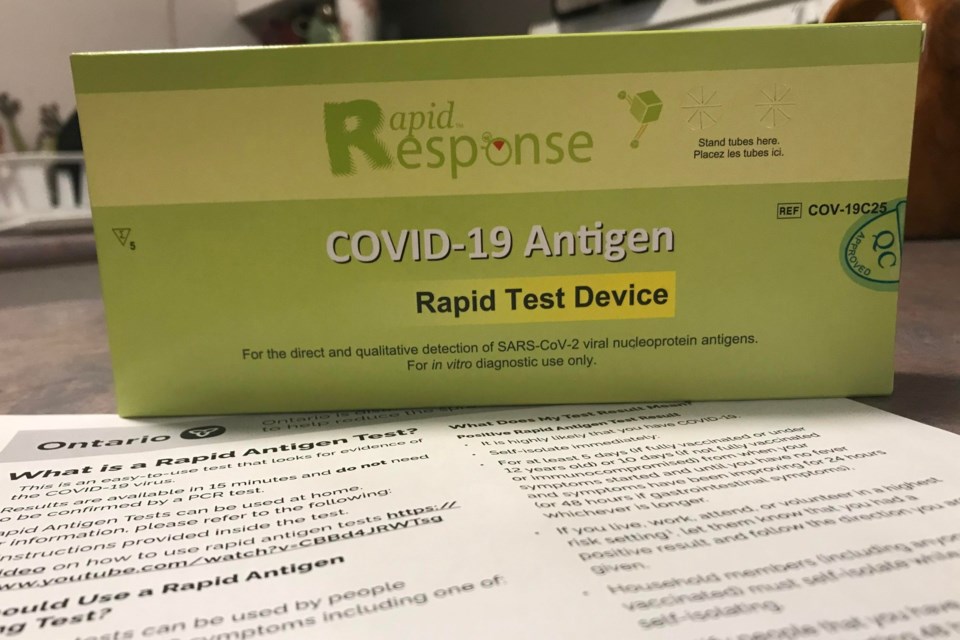A study outlined in the latest edition of the Canadian Medical Association Journal said a disproportionate number of COVID-19 cases have occurred in Canadian communities that have higher levels of low-income earners, lower education levels, and also in areas with more recent immigrants and more visible minorities.
The study was done in 16 cities in British Columbia, Manitoba, Ontario and Quebec. Sudbury was not part of the study. It was based on COVID-19 data from January 2020 through to the end of February 2021.
It was authored by Yiqing Xia, Huiting Ma, Gary Moloney, Héctor A Velásquez García, Monica Sirski, Naveed Z Janjua, David Vickers, Tyler Williamson, Alan Katz, Kristy Yiu, Rafal Kustra, David L Buckeridge, Marc Brisson, Stefan D Baral, Sharmistha Mishra and Mathieu Maheu-Giroux, a group of physicians and scientists affiliated with several large Canadian Universities.
The report said cases were disproportionately concentrated in areas with lower income and educational attainment, and in areas with a higher proportion of visible minorities, recent immigrants, high-density housing and essential workers.
Although a consistent feature across cities was concentration by the proportion of visible minorities, the magnitude of concentration by social determinant varied across Canadian cities, said the report.
One statistic that stood out, said the study, is that 50 per cent of COVID cases came from 21 to 35 per cent of the populations identified as living in those designated areas with social inequities.
One of the measuring procedures was to use the Gini-Coefficient. A Gini-Coefficient is a commonly used measure of income distribution. It measures the gap between the incomes of the richest and poorest people in a geographic area. The higher the Gini number, the greater the gap between rich and poor.
The study found that, in general, larger centres such as Toronto, Ottawa and Vancouver, had a higher proportion of social inequities. Smaller cities were found to have a smaller Gini-coefficient gap.
During the study, COVID cases were recorded in specific dissemination areas (DAs) in 16 urban areas in British Columbia (62,709), in Manitoba (15,089), in Ontario (239,160), and in Quebec (215,928) (Quebec). These 16 cities accounted for 81 per cent, 57 per cent, 83 per cent and 80 per cent of all confirmed cases in the above mentioned provinces respectively. The report also revealed that fewer than six per cent of DAs had zero case counts.
The study said that by understanding the inequalities of COVID transmission associated with social factors, it might help with developing better public health strategies.
The study said public health could decide to prioritize and allocate more resources to those geographic hotspots that "could lead to a more effective and efficient response to the pandemic.”
A full copy of the CMAJ study can be found here.
Len Gillis is a Local Journalism Initiative reporter at Sudbury.com. He covers health care in Northern Ontario.
